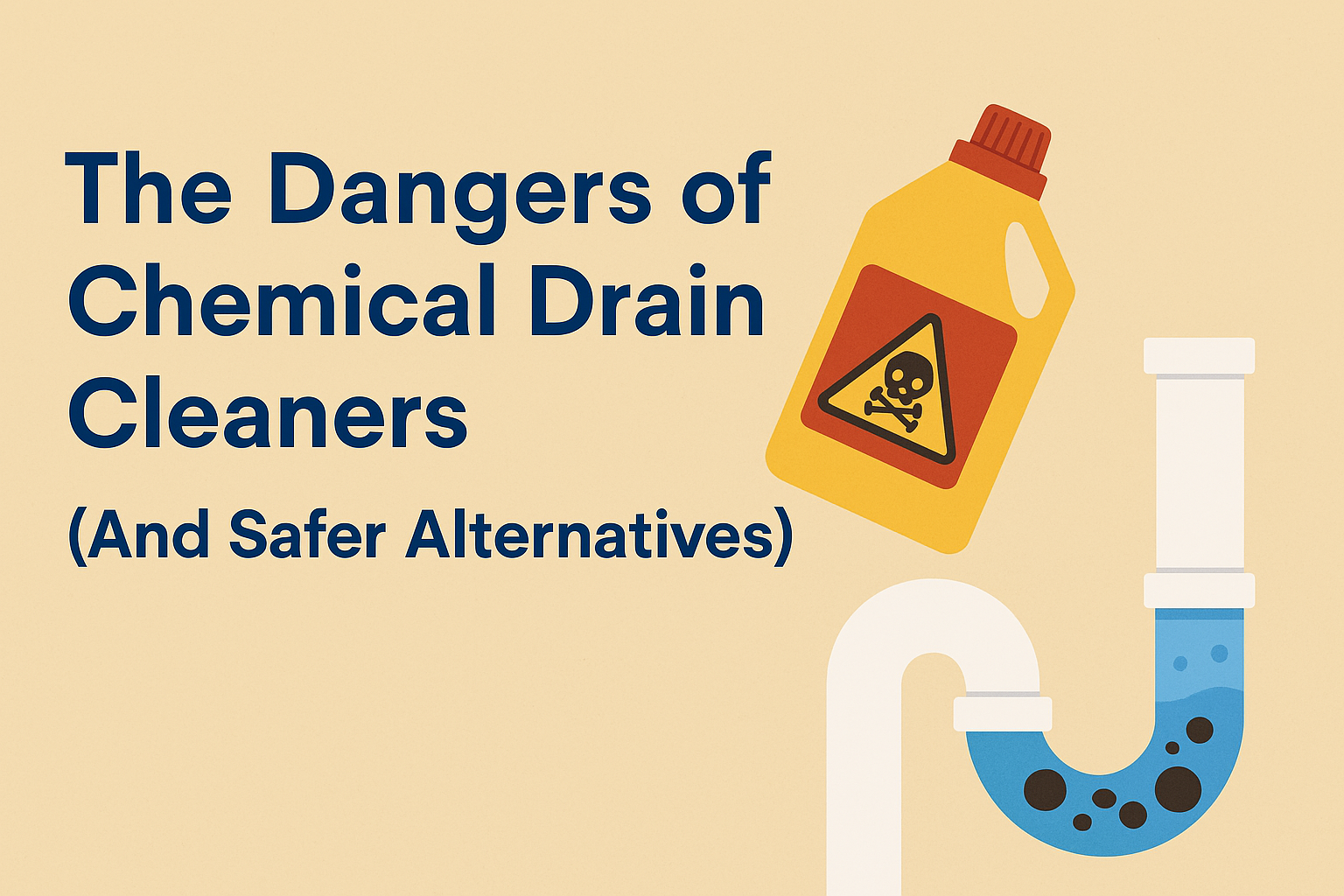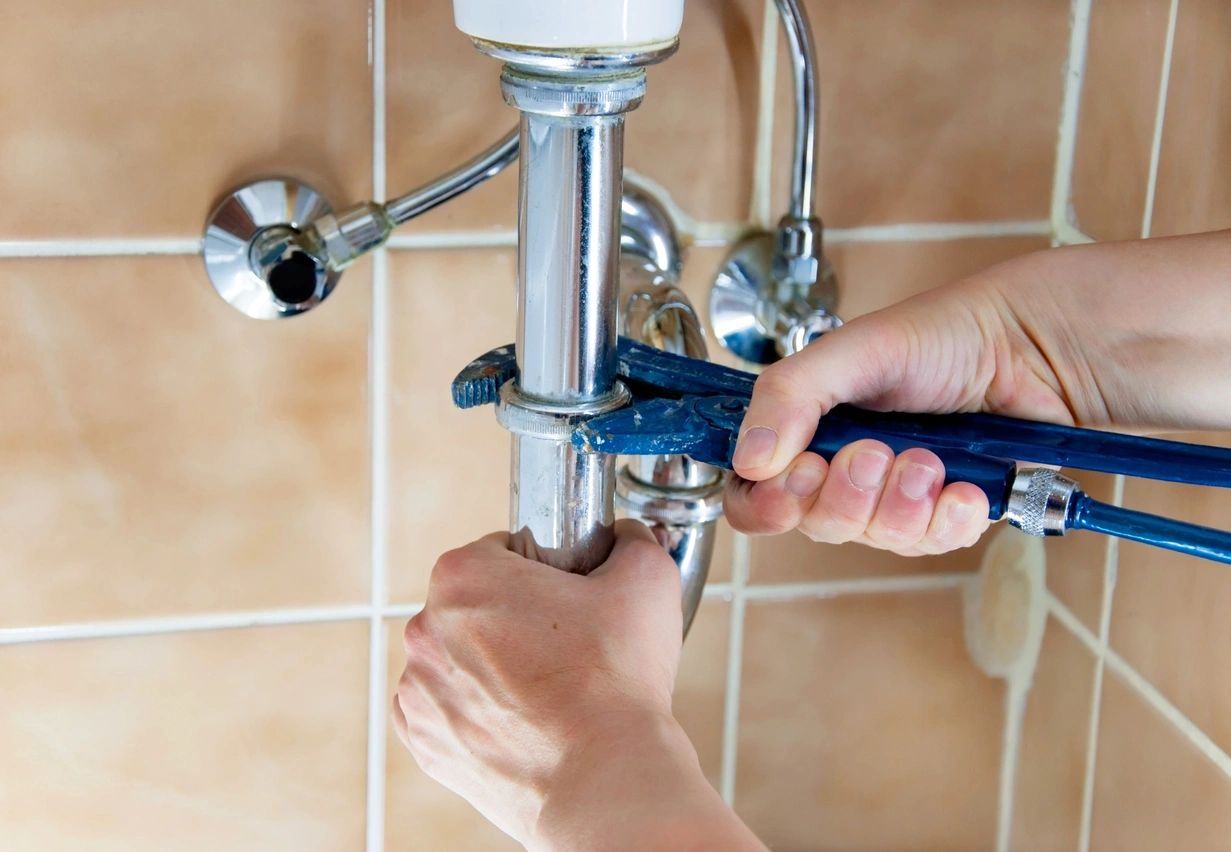Imagine waking up to water seeping across your floors or discovering a moldy, rotting ceiling that costs thousands to repair. Water damage is a homeowner’s worst nightmare, and once it occurs, the emotional and financial toll can be overwhelming. The good news is that with proactive measures, you can significantly reduce the risk of water damage and protect your home. Here’s how to prevent costly water damage and keep your property safe and dry.
1. Regularly Inspect Your Home for Leaks
One of the simplest yet most effective steps in preventing water damage is to perform regular inspections around your home. Check under sinks, behind appliances like dishwashers and washing machines, and in the basement. Keep an eye out for signs of water leaks such as moisture, rust, or a musty odor.
Pay Special Attention to Common Problem Areas
Bathrooms, kitchens, and basements are particularly prone to leaks. Inspect the caulking around showers and tubs, and make sure your toilet isn’t constantly running. In basements, look for cracks in the foundation that could allow water to seep in. Catching small problems early can save you from major headaches down the line.
Related Read: 5 Signs You Absolutely Need Water Damage Restoration
2. Install a Smart Water Leak Detection System
Investing in technology like the Moen Flo Smart Water Monitor can be a game-changer for homeowners. These smart devices monitor your home’s water flow and pressure around the clock, immediately alerting you if they detect a leak. Some systems even come with automatic shut-off capabilities, meaning they’ll cut the water supply if a major leak is detected, even if you’re miles away.
The Benefits of Smart Water Monitors
- Early Detection: Identify leaks before they escalate into major damage.
- Automatic Water Shut-Off: Prevent flooding when you’re not home.
- Water Usage Insights: Get daily reports to help you monitor and conserve water.
Pro Tip: Research has shown that early leak detection can save homeowners up to $10,000 in repair costs. Installing a smart water monitor is an investment that pays for itself many times over.
3. Maintain Your Home’s Plumbing System
A little maintenance goes a long way when it comes to preventing water damage. Check your water heater regularly for signs of rust or corrosion, and flush it once a year to remove sediment buildup. Don’t ignore slow drains—these could be signs of bigger plumbing issues. If your home has old plumbing pipes, consider having a professional inspect them to ensure they’re still in good condition.
Prevent Clogged Drains
Clogs can cause water to back up and lead to flooding, especially in areas like the kitchen and bathroom. To keep your drains clear:
- Use drain screens to catch hair and debris.
- Avoid pouring grease down the sink.
- Regularly clean your garbage disposal with a mix of baking soda and vinegar.
4. Keep Your Gutters Clean
Clogged gutters are a leading cause of water damage, as they prevent rainwater from draining away from your home. Instead, the water overflows, potentially seeping into your foundation or damaging your roof. Make it a habit to clean your gutters at least twice a year, especially in the fall when leaves are abundant.
Extend Downspouts Away from Your Home
Ensure that your downspouts direct water at least six feet away from your foundation. If needed, you can install downspout extensions or splash blocks to help divert water further away. This simple adjustment can make a big difference in keeping your basement dry and preventing soil erosion around your home.
Learn More: How to Prevent Basement Flooding in Heavy Rain
5. Monitor Your Water Pressure
High water pressure may feel luxurious in the shower, but it can put excess strain on your pipes, increasing the risk of a leak. Most residential plumbing systems work best at 40 to 60 PSI (pounds per square inch). Use a water pressure gauge to check your levels, and if it’s too high, consider installing a pressure regulator.
Check for Hidden Leaks Using Your Water Meter
Want to know if there’s a hidden leak in your plumbing system? Turn off all water fixtures in your home, then check your water meter. Wait a few hours and see if the meter reading has changed. If it has, you likely have a hidden leak that needs attention.
6. Seal Cracks in Your Foundation
Cracks in your home’s foundation can let water seep in, especially during heavy rain or snowmelt. Walk around the exterior of your house and inspect the foundation for any visible cracks. Use masonry caulk or hydraulic cement to seal small cracks, but if you notice significant damage, it’s best to consult a professional.
Waterproof Your Basement
If your basement tends to get damp, consider waterproofing it to keep moisture out. This may involve installing a sump pump, applying a waterproof sealant to the walls, or even improving drainage around your home’s foundation. Taking these steps can save you from costly water damage repairs in the future.
7. Prepare for Severe Weather
Severe weather events like hurricanes and heavy storms can cause extensive water damage in a matter of minutes. Stay ahead of the game by preparing your home:
- Inspect Your Roof: Check for loose or damaged shingles and repair them before the next storm.
- Trim Trees: Keep branches away from your home to prevent them from breaking off and damaging your roof during high winds.
- Stock Up on Sandbags: If you live in a flood-prone area, sandbags can help divert water away from your home.
Prevention Is Key
Water damage can be a costly and stressful ordeal, but with a few preventative measures, you can significantly reduce the risk. From regular home inspections to investing in smart technology like the Moen Flo Smart Water Monitor, taking action now will protect your home and wallet in the long run.
Remember, early detection is crucial. Don’t wait for water damage to become obvious—by then, it may be too late. Take control of your home’s safety today.
For more insights on home protection and water damage prevention, check out these helpful resources:



